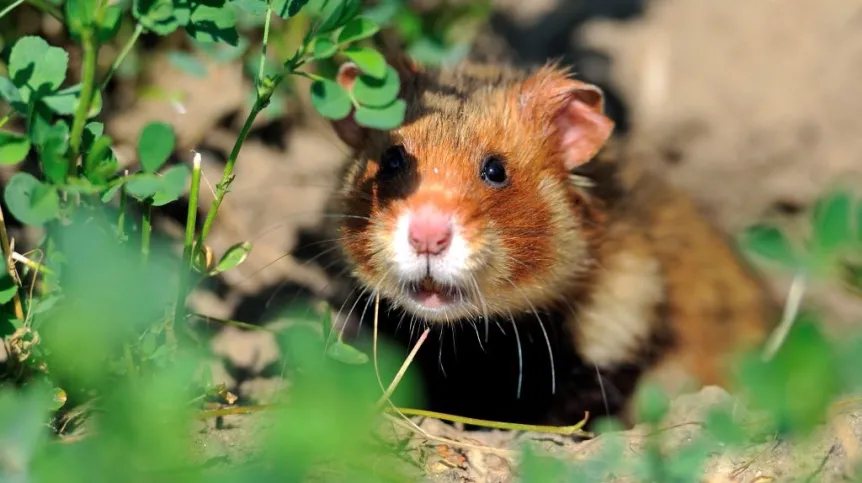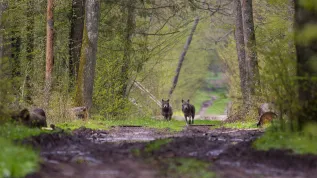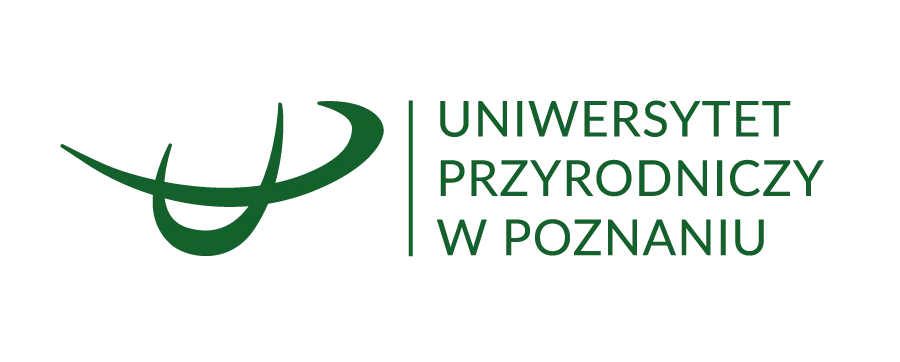
Vanishing population of the European hamster in Jaworzno (Silesia) will be strengthened by the animals brought for this purpose from the Czech Republic. The city authorities in collaboration with scientists take action to support this endangered species.
European hamster - wild living mammal, formerly considered a pest, is now severely threatened with extinction in the entire area of its occurrence. In Jaworzno its population is getting smaller - during the study carried out in 2015 researchers counted just over 100 burrows.
Research team led by Dr. Joanna Ziomek from Adam Mickiewicz University in Poznań calculated that the probability of extinction of the population within 50 years is high, and in unfavourable conditions it may occur even earlier - within 20-30 years.
"Unfortunately, hamsters are dying at an alarming rate, mortality is particularly high among the young. It is a pity, because the European hamster is needed in the ecosystem. If we failed to take action now, its fate in Jaworzno would be sealed" - told PAP Insp. Marcin Tosza from the Municipal Office in Jaworzno.
"It is estimated that only approx. 200 hamsters live in Jaworzno and the population is isolated. Although it is not inbreeding yet, genetic diversity is low, which means, among others, reduced resistance to disease. Hence the idea to bring animals from the Czech Republic to Jaworzno" - he added.
Among the reasons for the decline of the hamster population in Jaworzno are reduction of agricultural activity and the process of transformation of small fields into wasteland, while agricultural in the larger fields intensifies. Predators, including dogs and cats are also a threat to hamsters.
For several years the Jaworzno authorities have been taking action to protect the hamster in the area. In addition to scientific research, they are also educational campaigns addressed to farmers, school children and youth. In late April, the City Council decided to establish a 270 hectares ecological area "European hamster" to protect these animals.
Hamster reach up to 30 cm in length and weighs up to 1 kg. Its fur takes shades from yellow-brown to reddish and red with a black belly. The fur around the mouth, on the feet and on the sides of the body is white. A characteristic feature of this species is the presence of cheek pouches, in which it transports food to the storage chambers.
European hamster spends most of its life in a burrow under the ground. It consists of: nest chamber, storage chambers, latrines and corridors that connect them. Outside is a mound made of soil. Hamsters feed mainly on cereal grains, but also eat invertebrates and the eggs of birds nesting on the ground.
PAP - Science and Scholarship in Poland
lun/ pz/ mrt/
tr. RL













